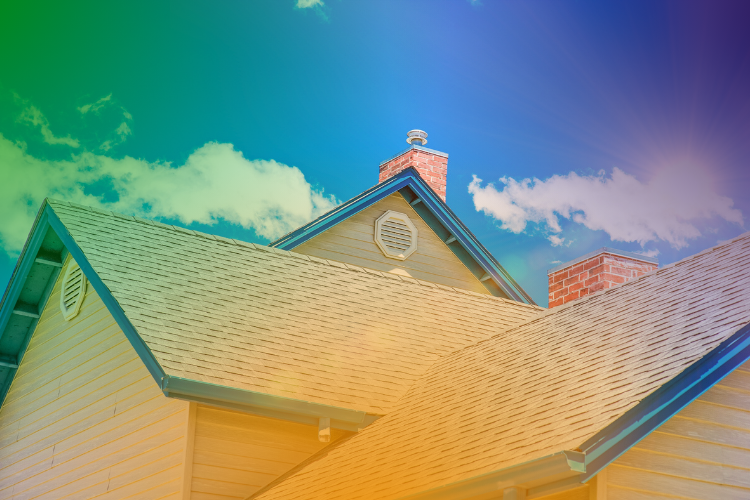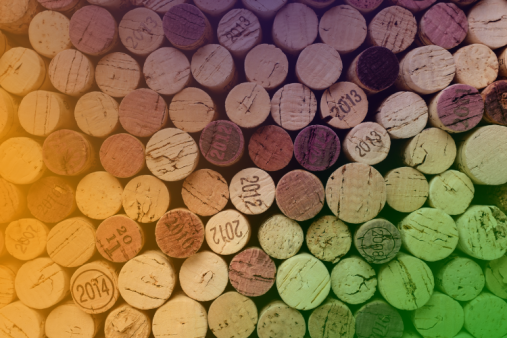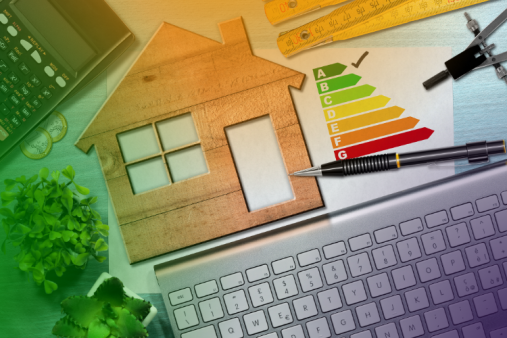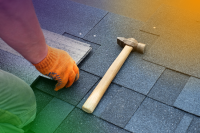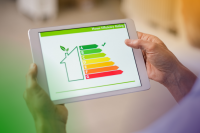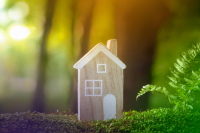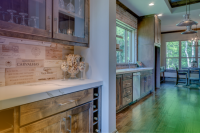Eco-Friendly Roofing Choices
Lots of homeowners are on board with reducing their carbon footprint inside their homes by getting rid of plastics or upcycling furniture and décor. But when it comes to larger decisions about which building materials to use, very few of us have the knowledge to be able to work out which is the best option. Roofing is no exception, and different types of roofing have advantages and drawbacks.
The main eco mantra of “reduce, reuse and recycle” explains how your thought process should work when looking at alternatives. Can you reduce what you’re buying? If not, is there a possibility of reusing tiles or slates from an existing roof, or buying second hand tiles? What are the builders doing about recycling their own waste, and can you salvage any of the old tiles coming off your roof?
Lifespan
Another important factor is how long you expect the new roof to last. It’s not environmentally friendly to have to keep buying a new roof every 5 years, even if the tiles themselves are made from recycled materials. It is far better to buy something more durable, which will last decades or longer. A good roofing contractor will be happy to talk you through your options and explain the average lifespan of tiles, slates and any other type of roofing you are considering.
Reclaimed Tiles
Often, the best option for eco-friendly roofing is to buy tiles or slates which have been salvaged off someone else’s roof. This isn’t usually a cheaper option, but will help you avoid the “new roof” look. If you live in a conservation area or in a listed building, using reclaimed tiles might be a condition of your planning consent. Most large towns and cities will have an architectural salvage yard with everything from fireplaces to bricks. Always go to see your roofing in person rather than relying on online photos which might not give an accurate indication of colour or size.
Aren’t Green Roofs the Eco Option?
Green roofs are currently very fashionable, and certainly tick the environmentally-friendly boxes. A green roof consists of a layer of waterproof rubber membrane, with a layer of soil on top. You can then grow grass, flowers or anything you choose on top of the roof. This style of roof looks great, but must be installed by someone who really knows what they are doing. Drainage is the most important aspect to get right. A living roof can also help with insulation as it traps the warmth inside your home and stops it escaping through the roof.
Solar Panels
Although not eco-friendly in the recycled sense, using your roof space to generate electricity is a good way of reducing your family’s bills. There aren’t the huge financial incentives for installing panels as there were in the past, but it’s still an option worth looking it. Be wary however of schemes which offer free solar panels for the right to rent your roofspace, as these can cause legal headaches if you wish to move house in the future.
